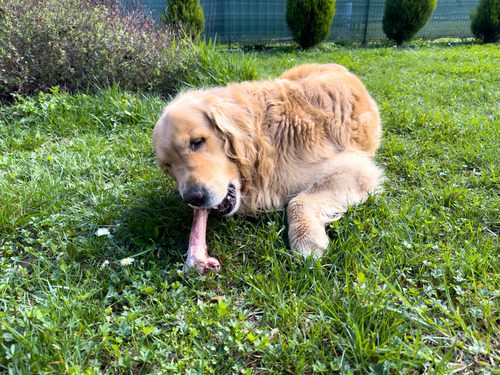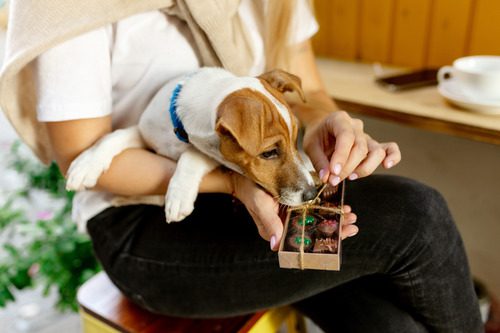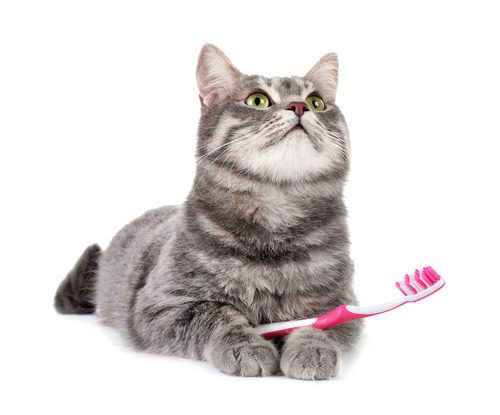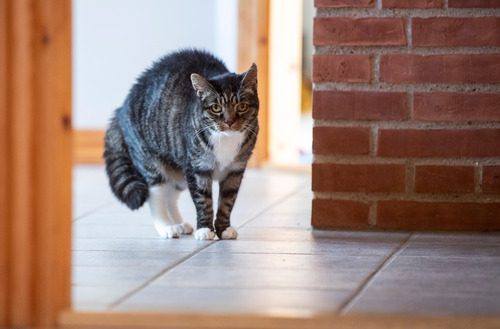6 Signs of Lice in Dogs
Does your dog have lice? Do you know how to recognize the symptoms of lice in dogs? What should you do if you think your dog may have lice? As a responsible pet owner, it’s important to learn how to recognize signs of lice in your pet and know how to respond appropriately.
In the article below, we’ll guide you through some of the most recognizable symptoms of lice in dogs. With the help of this information, you can determine whether your pet may be dealing with lice. Read on to learn more.
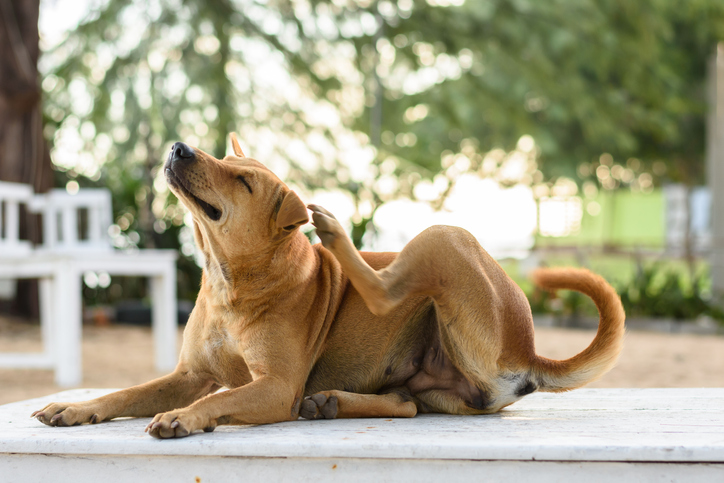
1. Excessive Itchiness
One of the earliest signs of lice in dogs is excessive itchiness. Your dog may be very itchy and may not be able to stop scratching if they are dealing with lice. Of course, this symptom also happens with flea infestations, so it’s necessary to rule out fleas—which are much more common—before coming to the conclusion of lice.
If your pet seems to be excessively itchy but you cannot see any fleas crawling in their fur or across their skin, there’s a good chance lice could be the cause. Your veterinarian can help you determine this for sure.
2. Patchy Hair Loss
Even in mild cases of lice, dogs may experience patchy hair loss. This hair loss happens the most noticeably around the dog’s ears and neck, but it can happen anywhere on the dog’s body as well. Your dog’s patchy hair loss may appear almost suddenly if they are dealing with lice, or it may happen slowly.
Patchy hair loss can also signify other health problems, ranging from food allergy to some types of autoimmune diseases. It’s important to take your pet to the vet if hair loss is their only symptom. If you notice other symptoms listed here, however, lice may be the underlying cause.
3. Restlessness
Restlessness can occur in dogs who are experiencing lice because of the irritation caused by the presence of the lice. Your dog may be so itchy or may be able to feel the lice crawling on their skin so much that they can’t settle down and relax.
Restlessness is also a symptom of a wide range of other canine health problems. Many dogs who are in pain or feel some type of discomfort will show signs of restlessness. By itself, this symptom may not mean lice; with others from this list, however, it can help you narrow down the problem to something skin related.
4. Matted Coat
A matted coat is another common symptom of lice in dogs. However, matting can occur with a wide range of different skin and coat health problems, so this symptom alone is not necessarily indicative of lice. When coupled with others on this list, however, matting can often mean your dog has lice.
You will need to take your dog to the vet or a professional groomer to deal with matting. Unless you are very experienced in dog grooming yourself, it can be dangerous or harmful to your pet to try to remove mats on your own at home.
5. Small Scabs and Wounds
Lice in dogs can often cause small wounds at the location of bites. These wounds are more commonly noticed in areas with shorter or lighter hair, but they can happen anywhere on your dog’s body. If your dog has scabs you can’t explain, and especially if they have several of them, lice could be the culprit.
These scabs can sometimes become infected, so if your dog is experiencing this symptom, your vet will probably want to give them some antibiotics to prevent the risk of infection. Otherwise, medicated baths can help soothe the lice bites and loosen the scabs, too.
6. Skin Infection
As the lice issue progresses, it is possible that your dog will experience a skin infection. This type of infection can result in rashes, hives, oozing welts, pus, bleeding, and other skin-related symptoms.
It’s very important to take your dog to the vet for lice before they reach this point. If you don’t, then your vet will likely need to try some much more aggressive treatment methods to help your dog recover fully. Your dog will likely also need to be given oral antibiotics for the infection.
Contact Your Heart + Paw Veterinarian
If your dog is showing one or more of the symptoms on this list, they may have lice. In any situation when you suspect your dog of having lice, contact the vet right away. Your trusted vet should be able to give you over-the-counter suggestions by phone or let you know if your dog needs to come in for treatment instead.
Most of the time, topical shampoo treatments are enough to get rid of your dog’s lice. However, in some instances, a medicated bath at the vet may be necessary to fully tackle the lice problem.
If you suspect your dog has lice, contact one of our Heart + Paw locations to talk with a veterinarian and get your pet the relief they are looking for!
Recent Posts
Can Dogs Eat Ham?
Ham is a popular meat found on many dinner tables, especially during the holidays. As a dog…
8 Signs and Symptoms of Diabetes in Dogs
Caring for a dog means being tuned in to the subtle changes that can reveal their overall…
Why Dogs Can’t Eat Chocolate and Tips for Keeping This Sweet Treat Out of Their Reach
Chocolate is a beloved indulgence for us, but for our dogs, it’s a hidden danger that can…
Why Cat Teeth Cleaning is Important For Your Pet’s Health
As a cat owner, you know how important it is to care for your feline friend’s overall…
Cat Body Language: A Guide To Understand What Your Cat is Telling You
Imagine trying to communicate without words, relying solely on subtle gestures, glances, and movements. This is how…
About Us
Heart + Paw was founded in 2018 by Chief Veterinary Officer Dr. George Melillo, who currently serves the Mid-Atlantic area. Heart + Paw offers a combination of veterinary care, pet grooming, and dog daycare to help be a resource in your pet parenthood journey.
We'd Love to Meet Your Four-Legged Friends
Find out how the friendly veterinary team at your local Heart + Paw can help your pets live longer, healthier lives by searching for a location near you.

